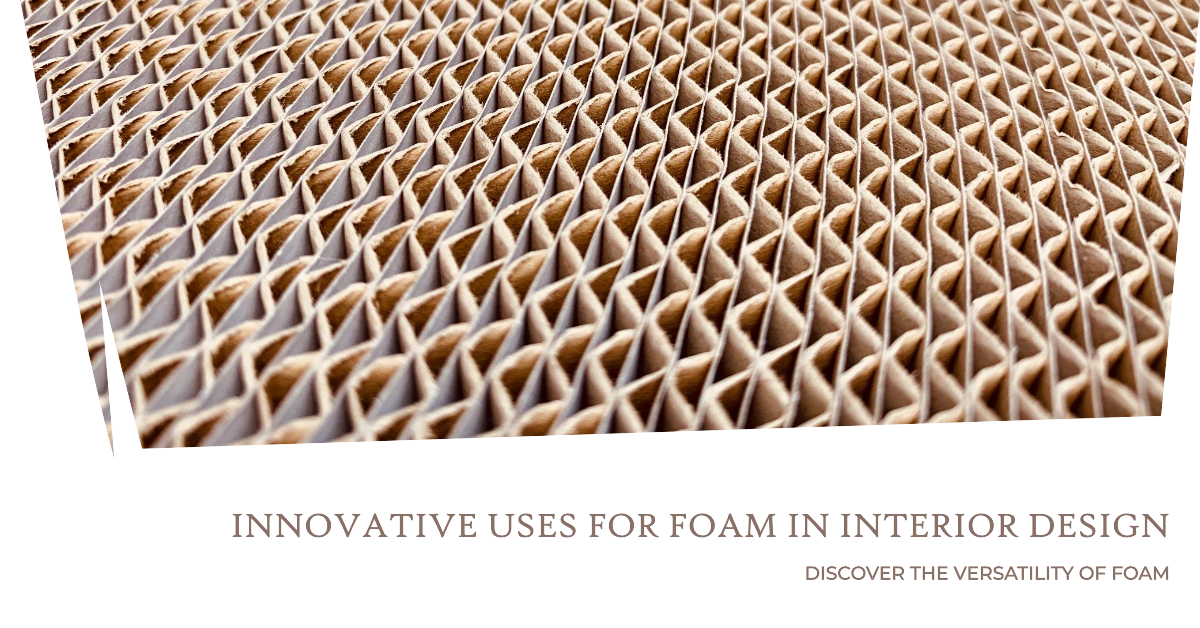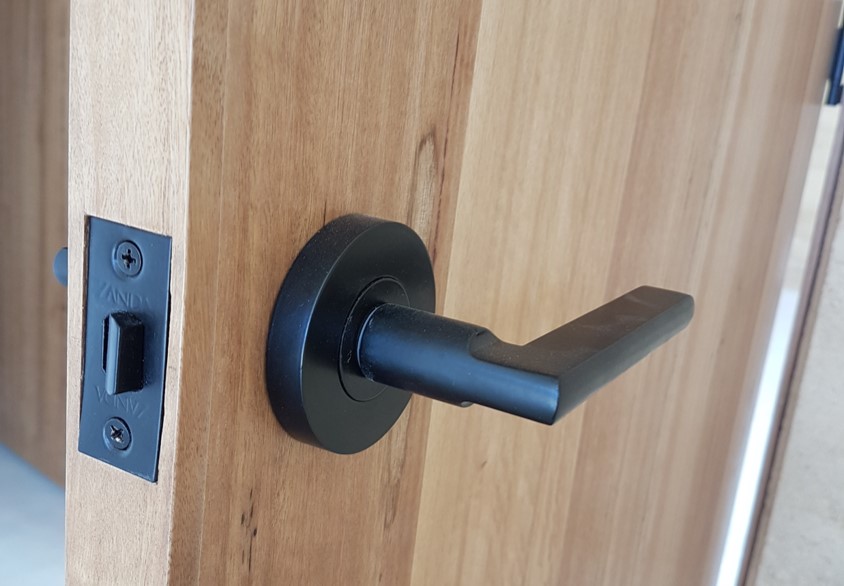Foam is an incredibly versatile material that has found its way into various aspects of interior design. Its lightweight, flexible, and durable properties make it ideal for numerous applications, from practical to decorative. In recent years, designers have been increasingly innovative in their use of foam, creating functional and aesthetic enhancements for homes and commercial spaces. This article explores some of the most creative and effective ways foam is being used in interior design today.
Custom Seating Solutions
One of the most popular uses of foam in interior design is in custom seating solutions. Whether it’s for built-in benches, window seats, or unique lounge areas, foam provides the perfect combination of comfort and flexibility. Designers can use foam cut to size to create cushions that fit precisely into the designated spaces, ensuring a tailored and professional look. This customization allows for a wide range of shapes and sizes, accommodating any design vision.
The comfort provided by high-density foam makes it an excellent choice for seating. It can be easily covered with various fabrics to match the décor of the room. Foam cushions can also be designed to enhance ergonomic support, making seating more comfortable for prolonged use. This is particularly beneficial in spaces like home offices, dining areas, and reading nooks where comfort is paramount.
Acoustic Panels
Foam is also highly effective in improving the acoustics of a room. Acoustic foam panels are designed to absorb sound, reducing noise levels and enhancing the quality of audio in a space. These panels can be strategically placed on walls and ceilings to minimize echo and reverberation, making them ideal for home theaters, recording studios, and open-plan living areas.
In addition to their functional benefits, acoustic foam panels can also be aesthetically pleasing. They come in various colors, shapes, and patterns, allowing designers to create visually interesting installations that complement the room’s décor. This blend of functionality and design makes acoustic foam panels a smart choice for anyone looking to improve the acoustic environment of their home or workspace.
Wall Art and Decorative Panels
Foam can be used to create stunning wall art and decorative panels that add texture and depth to any interior space. By cutting foam into various shapes and layering them, designers can craft intricate patterns and designs that stand out. Foam wall art is lightweight and easy to install, making it a convenient option for those looking to make a big impact with minimal effort.
Using foam cut to size, designers can ensure that each piece fits perfectly into the desired space, whether it’s a large feature wall or a small accent area.
Foam can be painted or covered with fabric to match the room’s color scheme, offering endless possibilities for customization. This approach to wall art allows for a high degree of creativity and personalization, making each piece unique.
Innovative Furniture Design
Foam is increasingly being used in the design of modern and innovative furniture. Its ability to be molded and shaped into various forms makes it ideal for creating unique pieces that challenge traditional furniture design norms. From modular seating to avant-garde chairs and tables, foam’s versatility opens up a world of possibilities.
Designers are also using foam to create multi-functional furniture pieces that adapt to the needs of the user. For example, foam blocks can be arranged and re-arranged to serve as seating, tables, or even shelving units. This adaptability is particularly valuable in small living spaces where maximizing functionality is essential.
Enhancing Comfort in Bedrooms
In bedrooms, foam is commonly used to enhance comfort and support. High-quality foam mattresses provide excellent support and pressure relief, contributing to a better night’s sleep. Additionally, foam mattress toppers can be used to adjust the firmness of an existing mattress, adding an extra layer of comfort.
Foam is also used in the design of custom headboards and bed frames. By incorporating foam padding, designers can create soft and luxurious headboards that serve both aesthetic and practical purposes. This use of foam not only adds to the visual appeal of the bedroom but also increases the comfort and usability of the space.
Enhancing Homes with Wood Decor
While foam offers many benefits in interior design, combining it with other materials can create even more impressive results. Enhancing homes with wood decor is one such example. The natural warmth and texture of wood complement the soft, flexible properties of foam, resulting in beautifully balanced designs.
For instance, a wooden bench with foam cushions provides both the durability of wood and the comfort of foam. Similarly, wood-paneled walls with integrated acoustic foam panels offer a sophisticated look while improving the room’s acoustics. This combination allows designers to leverage the strengths of both materials, creating interiors that are both functional and aesthetically pleasing.
Conclusion
Foam’s versatility and adaptability make it a valuable material in interior design. From custom seating solutions and acoustic panels to innovative furniture and bedroom comfort, foam enhances both the functionality and aesthetic appeal of various spaces. By using foam cut to size, designers can achieve precise fits and tailored looks that elevate their projects. Additionally, combining foam with materials like wood can create stunning and practical interior solutions. As designers continue to explore the potential of foam, its role in interior design is likely to grow, offering even more creative and effective uses.





